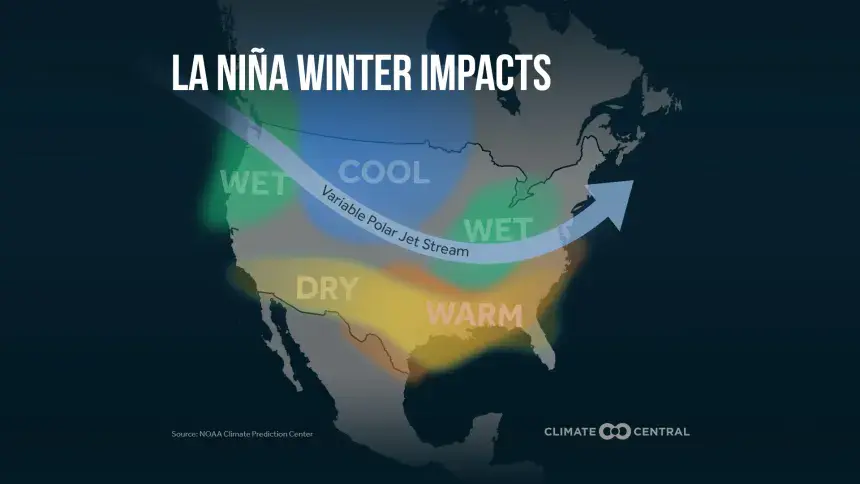
Weather isn’t just small talk — it’s a force that shapes our daily lives, our economies, and even our future. One of the most influential climate patterns in the world is La Niña, a phenomenon that has the power to alter rainfall, temperature, and storm activity across the globe. And right now, forecasters are paying close attention to its return.
🔍 What Is La Niña?
La Niña is part of a natural cycle in the Pacific Ocean known as El Niño–Southern Oscillation (ENSO). While El Niño warms ocean waters and changes weather patterns, La Niña does the opposite. It’s marked by cooler-than-average sea surface temperatures in the central and eastern Pacific.
This cooling may sound simple, but its ripple effects stretch far beyond the Pacific, influencing weather from the Americas to Asia and beyond.
📡 How Do Scientists Forecast La Niña?
Predicting La Niña isn’t guesswork — it’s science mixed with cutting-edge technology. Meteorologists monitor:
Sea surface temperatures in the equatorial Pacific.
Atmospheric pressure shifts between the western and eastern Pacific.
Trade winds that strengthen during La Niña, pushing warm water westward.
Using satellite data, ocean buoys, and advanced climate models, scientists can spot early signs of La Niña months in advance. However, predicting exactly how strong it will be, or how long it will last, remains a challenge.
🌎 Global Weather Impacts of La Niña
La Niña doesn’t play favorites — it touches nearly every corner of the globe, though its effects vary.
North America: Typically colder, stormier winters in the north and drier conditions in the south.
South America: Heavy rainfall and flooding in some regions, while others face drought.
Asia & Australia: Increased risk of intense monsoons and tropical cyclones.
Africa: Mixed impacts, with some areas experiencing drought and others heavy rainfall.
The pattern often lasts 9 to 12 months, but some events can linger for multiple years, amplifying their effects on agriculture, water resources, and disaster preparedness.
🌾 Why La Niña Matters Beyond Weather
La Niña isn’t just about what to wear tomorrow — it has major real-world consequences.
Agriculture: Crops can fail due to drought or floods, driving up food prices.
Economy: Extreme weather events often cause billions in damage.
Health: Outbreaks of diseases like malaria or dengue can increase in wetter regions.
Energy: Cold winters boost heating demand, while droughts strain hydropower supplies.
Simply put, La Niña affects far more than just the climate — it reshapes economies and communities.
🧭 Preparing for the Impacts
The good news is that improved forecasting gives governments and communities more time to prepare. Early warnings allow farmers to adjust planting strategies, cities to manage water supplies, and emergency services to plan ahead for floods or droughts.
For everyday people, being aware of La Niña can mean everything from expecting higher grocery bills to bracing for more intense storms in your region.

Leave a comment
Your email address will not be published. Required fields are marked *